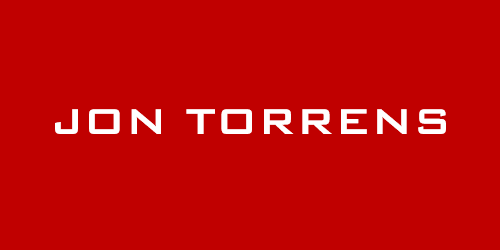Here’s Bond getting his new kit in ‘Skyfall’.
He’s not impressed.
But the approach – stripping back to the essentials – proves to be vital, and it defines most of the film (I love the whole scene because of the human aspect, too: first impressions, introvert versus extrovert, physical versus mental, and some humour).
Here’s how to apply this philosophy to make your presentations far better for your audience, and – simultaneously – easier for you to create and deliver:
Blisteringly Useful Tip #1: Use Your Preparation Time Correctly
Break your preparation time into 4 equal sections:
- Identify the theme, the motivation, the problem you’re going to solve.
- Create three sections which reinforce your theme e.g. beginning, middle and end of a story, or problem, solution and call-to-action, or simply three vital facts you want them to remember. Create visuals if you must, but only if you have enough time. At the end of this allocated time slot, YOU WILL START REHEARSING.
- Start rehearsing (see? told you). Say the whole thing out loud, without stopping for mistakes, and time it. Edit your piece so that it fits your given speaking slot. Over-running is for fools.
- Run through it again (in front of a trusted colleague if possible). Make any useful changes.
Blisteringly Useful Tip #2: Only Use Visuals to Solve a Problem
PowerPoint’s a recent invention, you genius. Do you think the great leaders in history motivated millions by clicking through some slides? No, of course not. In the previous tip I said ‘create visuals if you must‘. Here’s a radical idea: create your presentation with no slides (not a contradiction) and see where you absolutely, definitely, really, really require a slide. Need a slide to show some data? Hmmm, perhaps. Have a beautiful, hi-res photo that you took yourself? Oh, go on then. But where you can, liberate yourself by going no-tech.
Blisteringly Useful Tip #3: Tell a Story
I say this a lot but it’s the huge opportunity staring you in the face, so just shush and listen because I’m doing you a massive favour. They may seem crazy, but here are some ways that you could blow your audience’s minds with some simple, emotive, storytelling skills:
- Find the human aspect of your subject. This could be the end user’s experience (good or bad) before or after using your product or service, or a testimonial. What was your first encounter with it? How did you think about it? Where did the company start? Where is it now and how did it get there? This stuff is actually interesting, and if you suffered on the way then that’s could actually engage your audience more.
- Go outside. Ask your audience to get up out of their seats and take them on a walk. Tell them the story along the way, ask their opinions, have a discussion. When they get back they will feel that they’ve been on a little journey.
- Get the audience’s experiences and build them into what you’re talking about. This is advanced, but you’re an expert who loves their subject, right? Then be interested in your audience and what they have to say. Leave your ego at home and get to the heart of what they think, and what they need from you.
Finale
Don’t get lost in all the visuals and the usual format; look at what’s important and get that into your audience’s heads the simplest way possible. Master the basics and you’ll achieve great speaking confidence.
Related Posts
Stories: Effortless Communication

Pingback: Save a Ton of Time: Sketch Your Presentation First - Jon Torrens - Communication Coach
Pingback: Save Time: Sketch Your Presentation First - Jon Torrens - Communication Coach
Pingback: Sweet Usefulness - Jon Torrens - Communication Coach
Pingback: Avoid Stupid Pitching Mistakes - Jon Torrens - Communication Coach